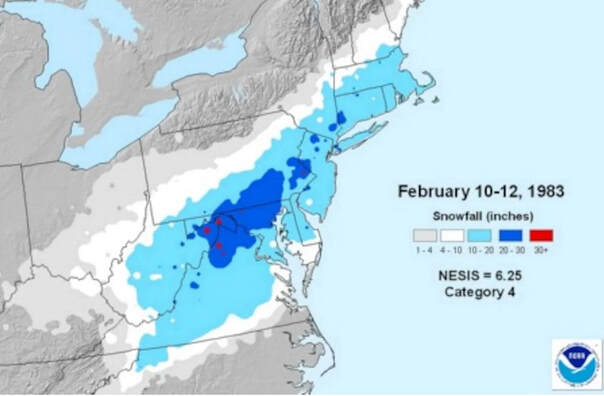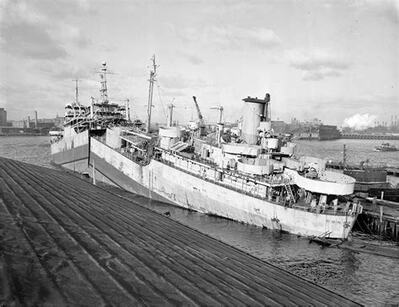Lost to Coal
Marine Electric was built during WWII as T-2 oil tanker. Because of the speed of production, bad welding and steel with excessive amounts of sulfur in it, the T-2 Tanker series had multiple problems. Chief among the problems were seams that separated and cracks in the hull plates. The ships had to be retro-fitted with steel belts to stabilize their hulls.
The T-2 Tanker Schenectady broke in half sitting at the dock after completing sea trials. Two other T-2 Tankers – SS Pendleton and SS Ft. Mercer - split in half during a storm off Cape Cod. The rescue of the crew of one of those tankers become the subject of a Disney movie that celebrated the heroism of the crew of a small Coast Guard rescue vessel.
 Granulated Coal
Granulated Coal
After the war Gulf Oil purchased the ship and used it to haul oil from the Middle East to refineries in the USA. The ship completed twenty years of service with Gulf Oil and was sold to the Marine Transport Lines Corporation. The new owner nearly doubled the length of the vessel and significantly increased the width of the ship. Now fitted out as a dry, bulk carrier and newly named “Marine Electric” the vessel's principle job was to haul granulated coal from Norfolk, Virginia to power plants in New England.

Marine Electric sank off the coast the Assateague, Virginia during an unusually powerful winter storm. The US Coast Guard Inquiry determined that the probably cause of the disaster was the failure of one or more of the forward hatch covers. In truth Marine Electric was a rust bucket. Chief Mate Robert Cusick had filed multiple reports to his Captain regarding the deteriorating hatch covers. Cusick provided scale drawings of ninety-one holes in the forward hatch covers that the crew had patched with duct tape and auto-body fender repair compound. The Captain forwarded these reports to the Marine Transport Lines, but the company took no action to fix the problem.
Read the Washington Post’s account of the terrible storm at this link
https://tinyurl.com/MegalopolitanBlizzard
Read the Washington Post’s account of the terrible storm at this link
https://tinyurl.com/MegalopolitanBlizzard

The subsequent Coast Guard Inquiry into the accident caused major changes to American shipping. As a result of the Coast Guard report more than seventy US merchant ships lost their certifications and were sent to the scrapyard. The Coast Guard the Rescue Swimmers Program and today all American-flagged vessel working the North Atlantic are required to have survival suits for each member of the crew and an enclosed, self-propelled lifeboat.
Thirty-one men died of hypothermia and drowning. Three men were rescued and survived. Seven bodies of the crew were never recovered.
Thirty-one men died of hypothermia and drowning. Three men were rescued and survived. Seven bodies of the crew were never recovered.
The lyrics of the song Lost to Coal are based upon the personal account of Chief Mate Robert Cusick, the text of the US Coast Guard Accident Report and the transcript of radio traffic from Marine Electric during the disaster.
Links, Videos and References
- Listen to the Bivalve Trail Podcast Episode 8 about the Sinking of Marine Electric at this link
- Read about Chief Mate Robert Cusick at this link:
- Watch an 8-minute video about the sinking of SS Marine Electric at this link:
- Read Robert Frump’s excellent book on the sinking of Marine Electric:
- Listen to Stan Rogers song The Mary Ellen Carter and hear Chief Mate Bob Cusick explain why he thinks that song kept him alive during his terrible ordeal at sea
- 5-minute video of scuba divers exploring the wreck of the Marine Electric.
https://www.youtube.com/watch?v=2f4J_NXB5PE


